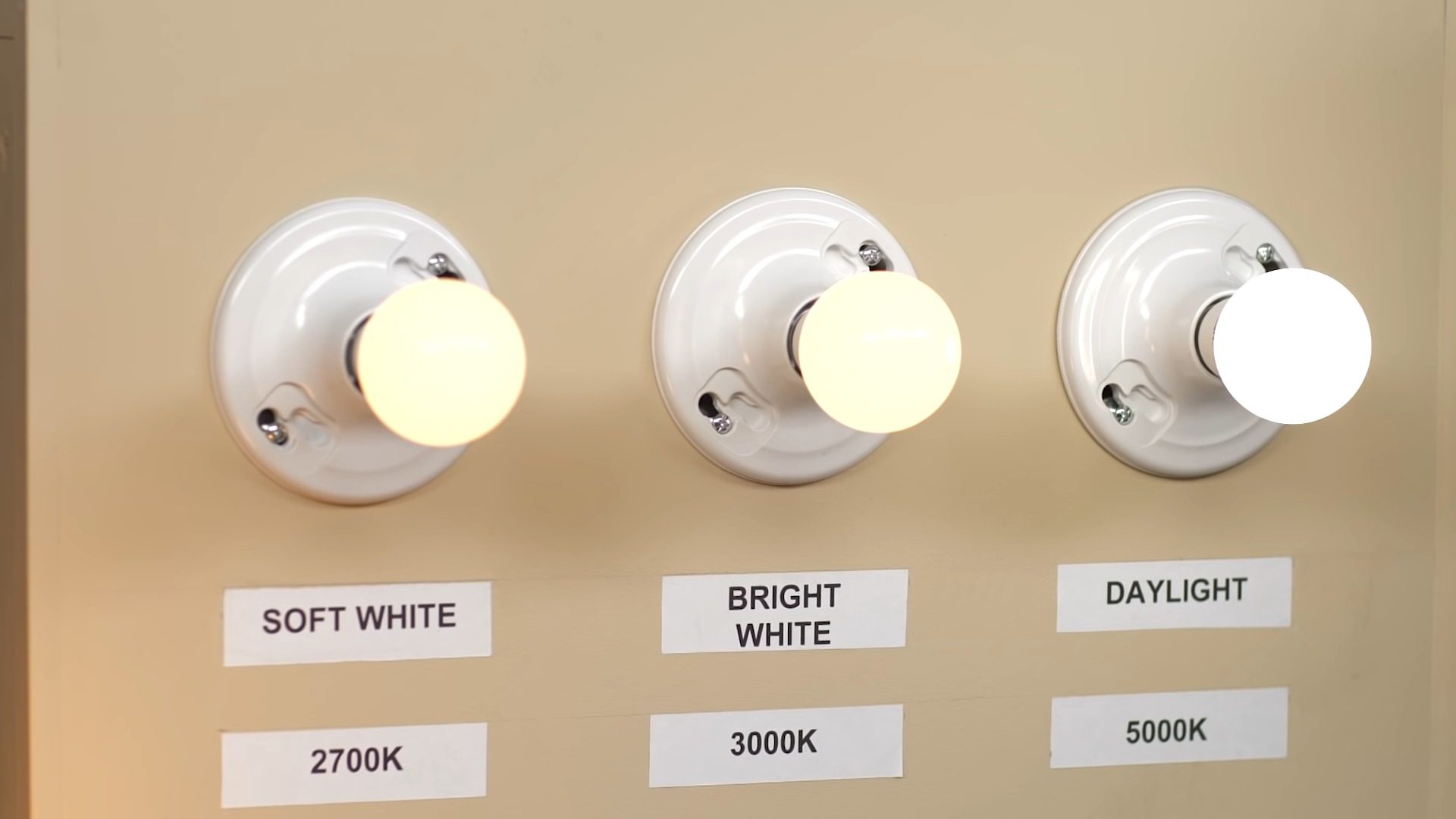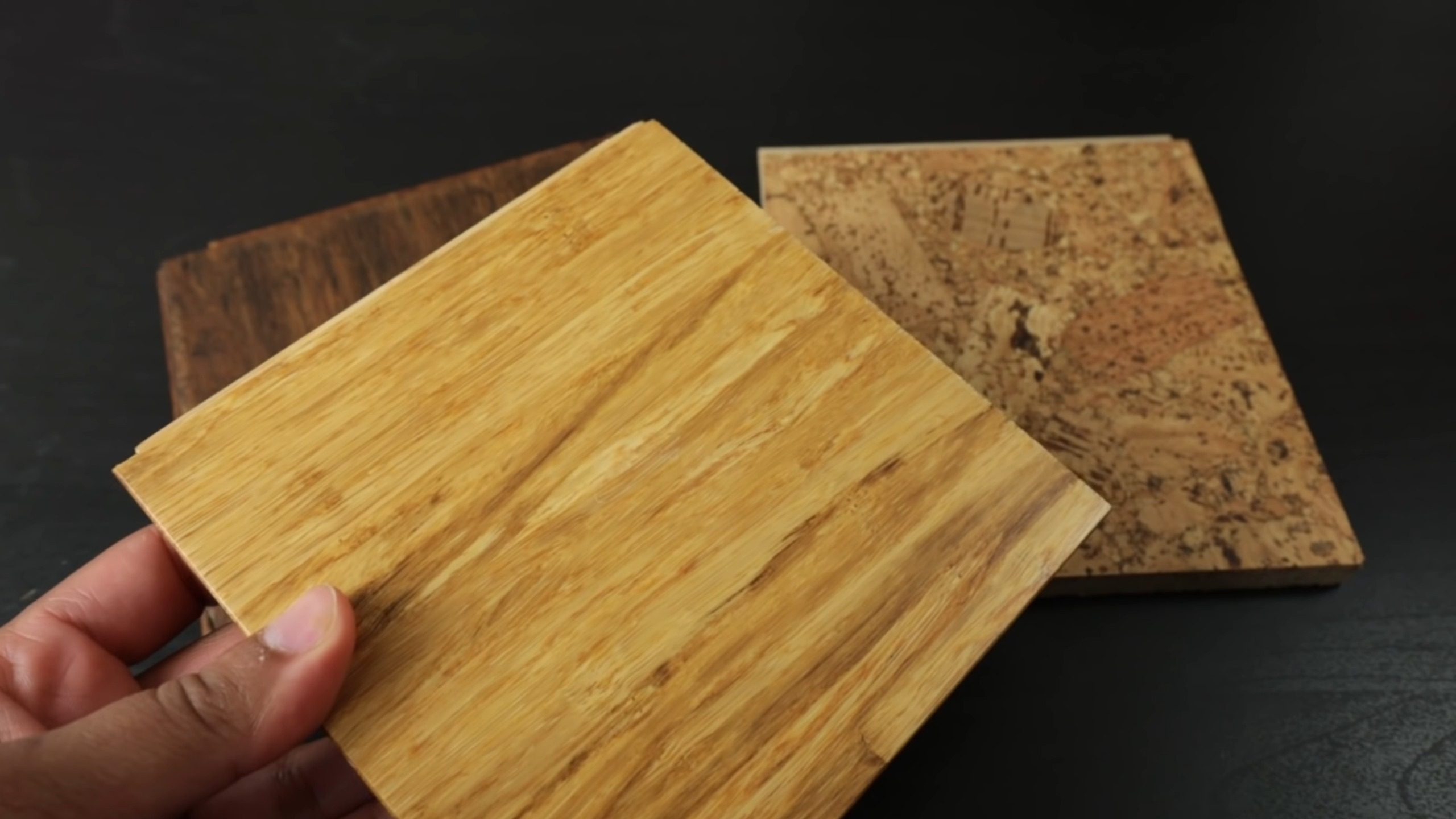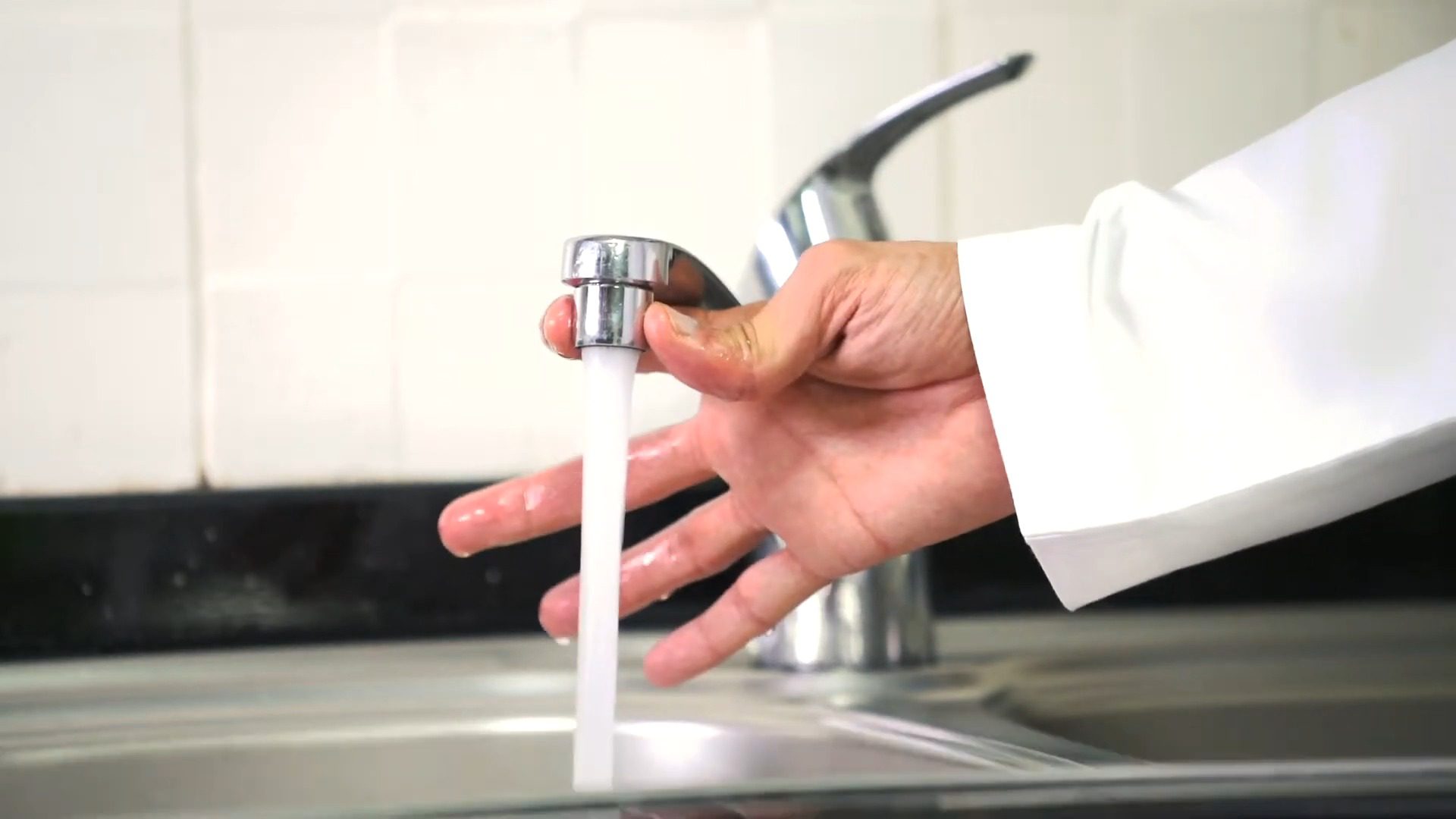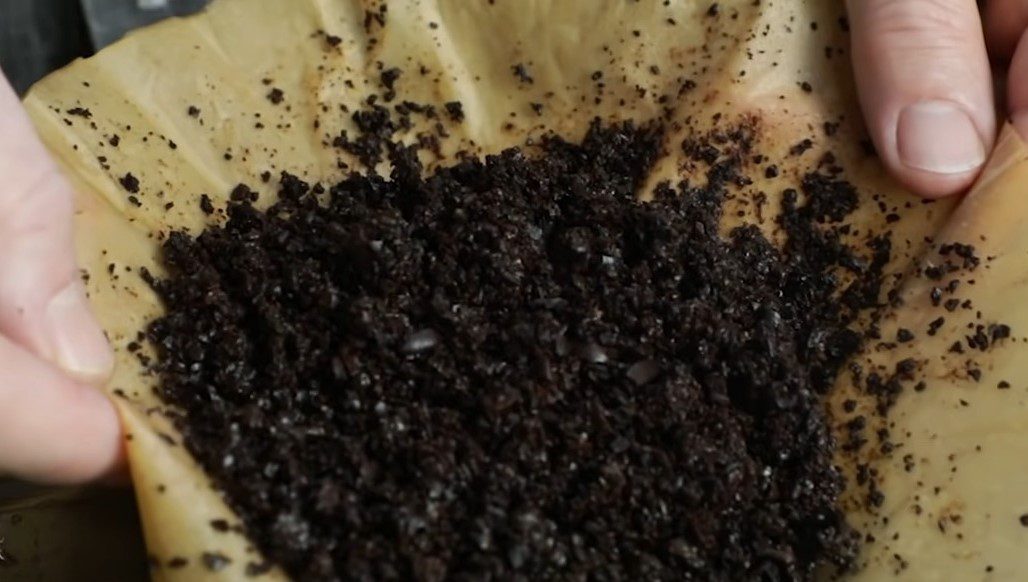In recent years, the idea of living sustainably has gained popularity due to the growing concern about the environment. With this in mind, homeowners are now looking for ways to make their homes eco-friendlier, not only for the environment but also for their pockets. Here’s a 2023 guide to sustainable home essentials that can help you save money and the environment.
1. Energy-efficient appliances
One of the most significant contributors to a household’s carbon footprint is energy consumption. Fortunately, there are several ways to reduce energy consumption, starting with replacing outdated appliances with energy-efficient ones. Modern refrigerators, washing machines, and air conditioners use significantly less energy than their older counterparts, making them an excellent investment in the long run.
2. LED Lighting

LED lighting is a popular choice for homeowners who want to reduce their energy consumption and lower their carbon footprint. LED lights are energy-efficient, long-lasting, and provide high-quality lighting, making them an excellent choice for any home.
Benefits of LED Lighting
- Energy-efficient: LED lights use significantly less energy than traditional incandescent bulbs, resulting in lower energy bills and reduced carbon footprint.
- Long-lasting: LED lights can last up to 25 times longer than traditional bulbs, reducing the need for frequent replacements.
- High-quality lighting: LED lights provide high-quality lighting that is bright, clear, and flicker-free, making them ideal for any space.
- Eco-friendly: LED lights are eco-friendly because they contain no harmful chemicals and can be recycled.
Incorporating LED Lighting into Your Home
- Replace existing bulbs: The easiest way to incorporate LED lighting into your home is to replace your existing bulbs with LED ones. This can be done gradually or all at once, depending on your budget.
- Use LED light strips: LED light strips are a great way to add ambiance and mood lighting to any room. They can be used under cabinets, behind TVs, or along the baseboards.
- Install LED fixtures: LED fixtures are available for almost any lighting application, including ceiling lights, chandeliers, and track lighting. Installing LED fixtures is an excellent way to update your home’s lighting while reducing your energy consumption.
3. Sustainable Flooring

Sustainable flooring is a popular choice for homeowners who want to reduce their carbon footprint while adding style and value to their homes. Sustainable flooring options are made from renewable or recycled materials, making them an eco-friendly choice.
Benefits of Sustainable Flooring
- Eco-friendly: Sustainable flooring options are made from renewable or recycled materials, reducing their impact on the environment.
- Durable: Sustainable flooring options are often more durable than traditional flooring options, meaning they last longer and require less maintenance.
- Stylish: Sustainable flooring options come in a variety of styles and colors, making it easy to find an option that suits your home’s aesthetic.
Popular Sustainable Flooring Options
- Bamboo: Bamboo is a fast-growing and renewable material that is an excellent choice for eco-conscious homeowners. It is durable, water-resistant, and comes in a variety of colors and styles.
- Cork: Cork is a natural material that is harvested from the bark of cork trees. It is comfortable to walk on, hypoallergenic, and naturally resistant to pests.
- Reclaimed Hardwood: Reclaimed hardwood is sourced from old buildings or other structures, giving it a unique and rustic look. It is durable and can last for decades.
- Recycled Carpet: Recycled carpet is made from recycled materials such as plastic bottles and can be recycled again at the end of its life.
4. Water-saving fixtures

Water-saving fixtures such as low-flow showerheads and toilets can help you save money on your water bill and reduce your home’s water consumption. These fixtures use significantly less water without sacrificing performance, making them an excellent investment for any homeowner looking to reduce their water consumption.
5. Solar Panels
Solar panels are an excellent investment for homeowners looking to reduce their carbon footprint and save money on electricity bills. While they can be expensive to install initially, the long-term benefits make it an excellent investment. Additionally, some areas offer tax incentives and rebates for installing solar panels, which can make them more affordable.
6. Composting
Composting is an eco-friendly practice that converts organic waste into nutrient-rich soil. By composting, you can reduce the amount of waste sent to landfills while improving the health of your soil. In this section, we’ll explore the benefits of composting and how to get started.
Why Compost?
Composting has several benefits, including:
- Reducing waste: Composting diverts food scraps and yard waste from landfills, where they release methane, a potent greenhouse gas.
- Improving soil health: Compost is a natural fertilizer that improves soil structure, water retention, and nutrient availability.
- Saving money: Composting can save you money on fertilizer and reduce the need for irrigation.
Getting Started with Composting
- Choose a composting method: There are several composting methods, including backyard composting, vermicomposting, and compost tumblers. Choose a method that suits your needs and available space.
- Collect organic waste: Collect organic waste such as fruit and vegetable scraps, coffee grounds, and yard waste. Avoid meat, dairy, and oils as they can attract pests and slow down the composting process.
- Add brown and green materials: Compost requires a balance of brown and green materials. Brown materials include dry leaves, straw, and shredded paper, while green materials include food scraps and grass clippings.
- Mix and aerate: Mix the compost and aerate it regularly to promote decomposition. This can be done by turning the compost pile or using a compost aerator.
- Harvest the compost: When the compost is ready, harvest it and add it to your soil to improve its health.
7. Reusable Products
Using reusable products such as cloth towels, reusable water bottles, and grocery bags can help reduce the amount of waste your household produces. It can also save you money on buying disposable products in the long run.
Conclusion
Creating a sustainable home doesn’t have to be complicated or expensive. With a few simple changes, you can reduce your carbon footprint, save money, and create a healthier environment for you and your family. From energy-efficient appliances to reusable products, incorporating these sustainable home essentials into your household can make a significant impact on the environment and your wallet

